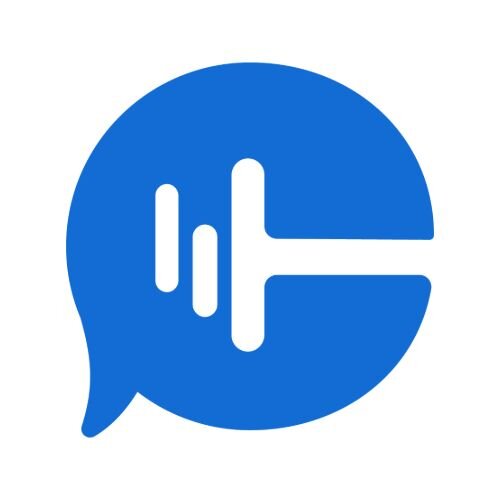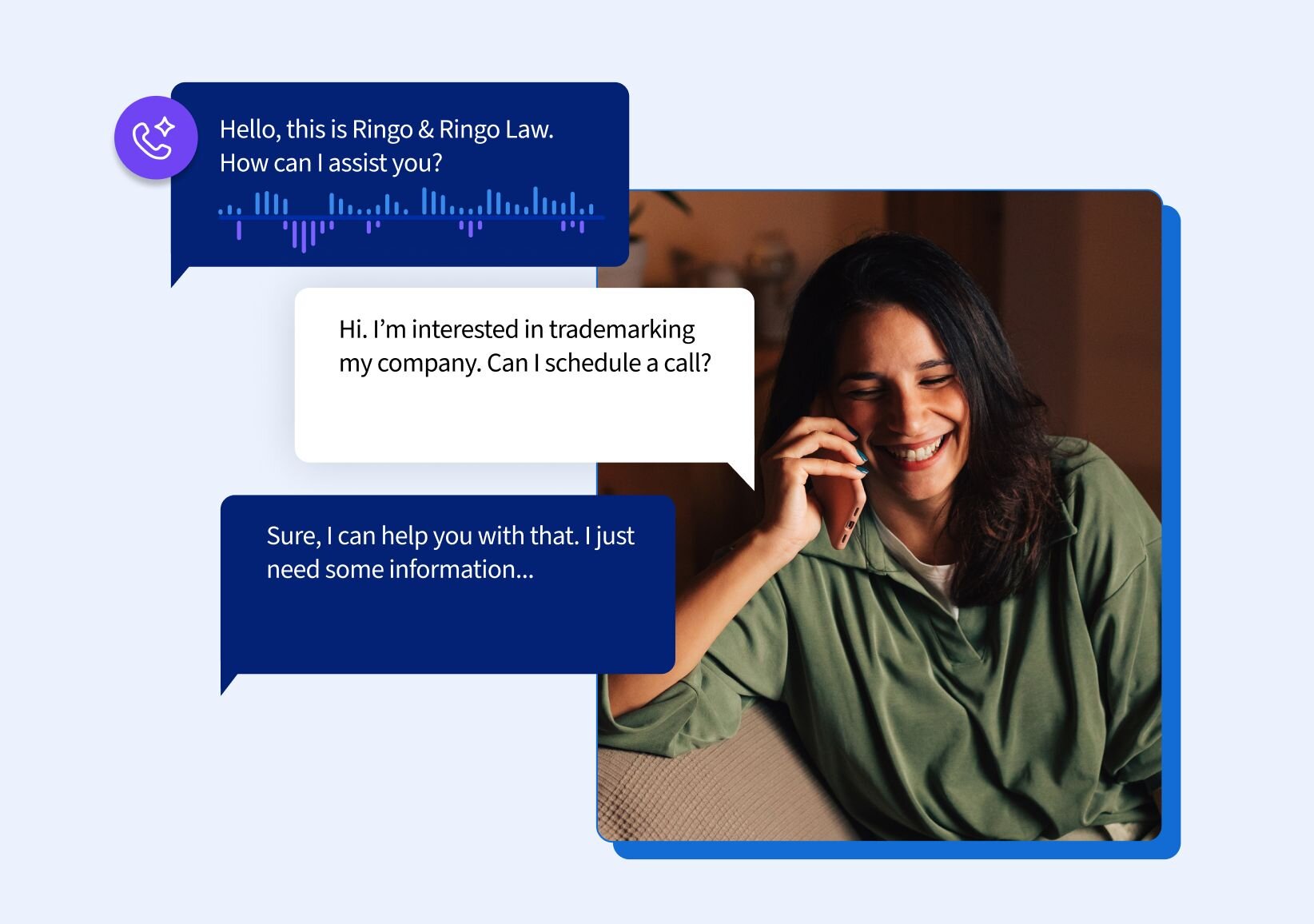You’ve recently listed a new rental property. Your phone starts ringing off the hook as eager prospects come across your ad. As you begin to chat with them, you ask the obvious question: “So, how did you find out about us?”
This is the most essential question for every marketer. Maybe you posted on social media platforms, listed the property on your website, or added your building to sites like Zillow or Trulia. Regardless, you hope to develop a better understanding of the marketing strategies and platforms that generate the most leads.
But what if there was a way to streamline this process so that you could identify who your prospective renters were and where they were coming from before you even picked up the phone?
How does call tracking for apartments work?
Apartment call tracking gathers valuable information about leads, such as their name, number, location, and how they were first generated. This form of tracking also maximizes source-level attribution, so it’s clear if a call was generated from emails, ads, social media, websites, or offline marketing tactics such as ads, mailers, brochures, and billboards.
Apartment hunters rely on phone communication. According to ForRent.com, 84% of renters used a mobile device in their apartment search. Most prospective renters rely on mobile phone communication to view photos and videos of apartments (72%), find pricing, contact information, and other details (68%), and share listings with family and friends (24%).
Especially when properties are in high demand and competition is steep, apartment hunters rely on their phones for quick correspondence. These devices allow them to receive up-to-date information about properties, pricing, and terms of contract.
Call tracking helps you manage a steady flow of calls and leasing inquiries while collecting vital information about marketing strategies, helping you pivot your lead nurturing methods based on which areas are most effective.
What are the benefits of call tracking for apartments?
There are several clear-cut perks that make call tracking an obvious advantage in the apartment rental industry.
Identify your target audience.
Using call tracking for apartment marketing helps reveal the demographics associated with each of your leads. You can track calls to collect vital information, such as how prospects located the initial listing, the caller’s ID and location, the duration of the call, and the call recording.
Track performance across locations.
Monitor the performance of each of your real estate locations. You’ll be able to assess metrics such as call volume, average lead score, conversion rate, and the number of calls that go to voicemail. It’s the first step you’ll make toward gathering data to boost ROI.
To give you comprehensive data for every lead, CallRail integrates with Google My Business (GMB). Every time someone searches your business or its associated keywords, the listing will appear on search pages or integrate with Google Maps. CallRail inserts a tracking number into a business’s GMB so every lead is easy to track.
Optimize your advertising.
Consider the first stage of apartment call tracking as an opportunity to gather data. Track online and offline leasing inquiries, find out if a caller asked about pricing and promotions, determine if a caller had an overall negative or positive experience, and learn whether an appointment was eventually scheduled.
Once you’ve gathered this data, you can assess which advertising methods need to change so you can reach more people, generate more leads, and increase ROI.
Boost your sales.
With more targeted advertising, you’ll have an opportunity to increase sales and improve your service quality. For example, you may share recorded calls for training purposes or listen to call recordings to better understand persistent training gaps among your leasing agents.
Each of these quality assurance measures will open up new ways of optimizing lead conversion rates and ultimately boost sales.
Which call tracking features are important for apartments?
There are a few must-haves that will give your apartment call tracking system the best chance at success.
Transcriptions
In most call tracking systems, there is an automatic generation of phone transcriptions, so you always have a written recording of every call. It is the foundation of conversation intelligence and arguably the best feature when it comes to Call Tracking. It’s a simple way to follow up with renters and identify key points from a call.
Keyword Spotting
This function uses transcriptions to identify key terms and phrases from calls with prospective renters.
Automation Rules
CallRail’s Call Tracking solution goes a step further from keyword spotting, and uses predefined key terms that the user is looking for in a call to better understand the caller’s intention. If the caller mentions one or more of these predefined terms or phrases, they will be pulled out of the conversation for more visibility. These are referred to as“key terms spotted” within Automation Rules.

Call Highlights
This feature works in collaboration with keyword spotting to suggest additional key terms and phrases to track in a transcription.

What is the process for implementing call tracking for apartments?
Call tracking is easy to get started with. You can set up call tracking for your real estate business and streamline the process of creating new listings, generating leads, speaking with renters, and closing renters on a lease. It’s a straightforward process that anyone can master. Here’s what you’ll need to get started:
1. Create an account
Choose an account that’s right for you. Take a look at pricing plans and compare. Consider plans with a free trial. Once you choose, log in and get started!
2. Create your first tracking number
After signing up for your account, choose the type of tracking number you want to create. You can create a number for both online and offline purposes. Whether you want to create a website ad or print brochure, creating a tracking number is the best place to get started.
3. Add CallRail snippet to your page
If you’re using an online number, placing the JavaScript snippet on your website will allow you to automatically swap out your existing number with the tracking number you just created.Installation can be done manually, or through platforms like Google Tag Manager or WordPress.
4. Enable notifications
Set up notifications for each of your accounts. You can use these to alert yourself and your team members about incoming calls and texts, missed calls, and voicemails.
5. Initiate a test call
Carry out a test call so you can be sure the tracking number functions properly. To do so, use a phone other than the destination phone to place the call, such as a personal cell phone. Dial the tracking number, and the destination phone should start to ring. When it does, you’ll know that your set up was successful!
6. View results
Once you’ve created a tracking number and tested it, you’re ready to track incoming calls and review results. You’ll gather valuable information from each of your callers that will help your marketing strategy moving forward.
Call tracking is a simple yet powerful tool that can make the most of every lead you generate. If you’re looking to take your real estate business to the next level and increase ROI, apartment call tracking is indispensable.
If you never want to wonder how customers are finding your business and which marketing efforts are most effective, call tracking is your best bet. To find out how you can get started, check out CallRail’s 14-day free trial.












